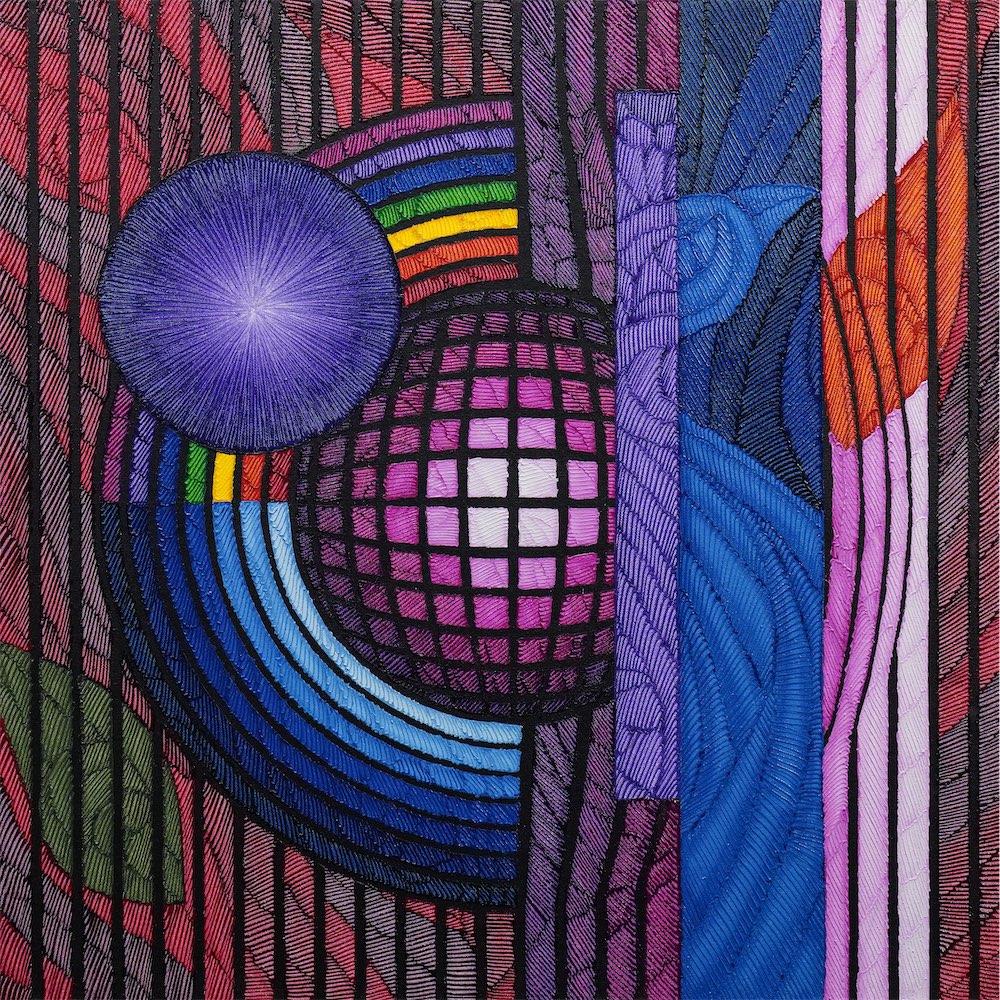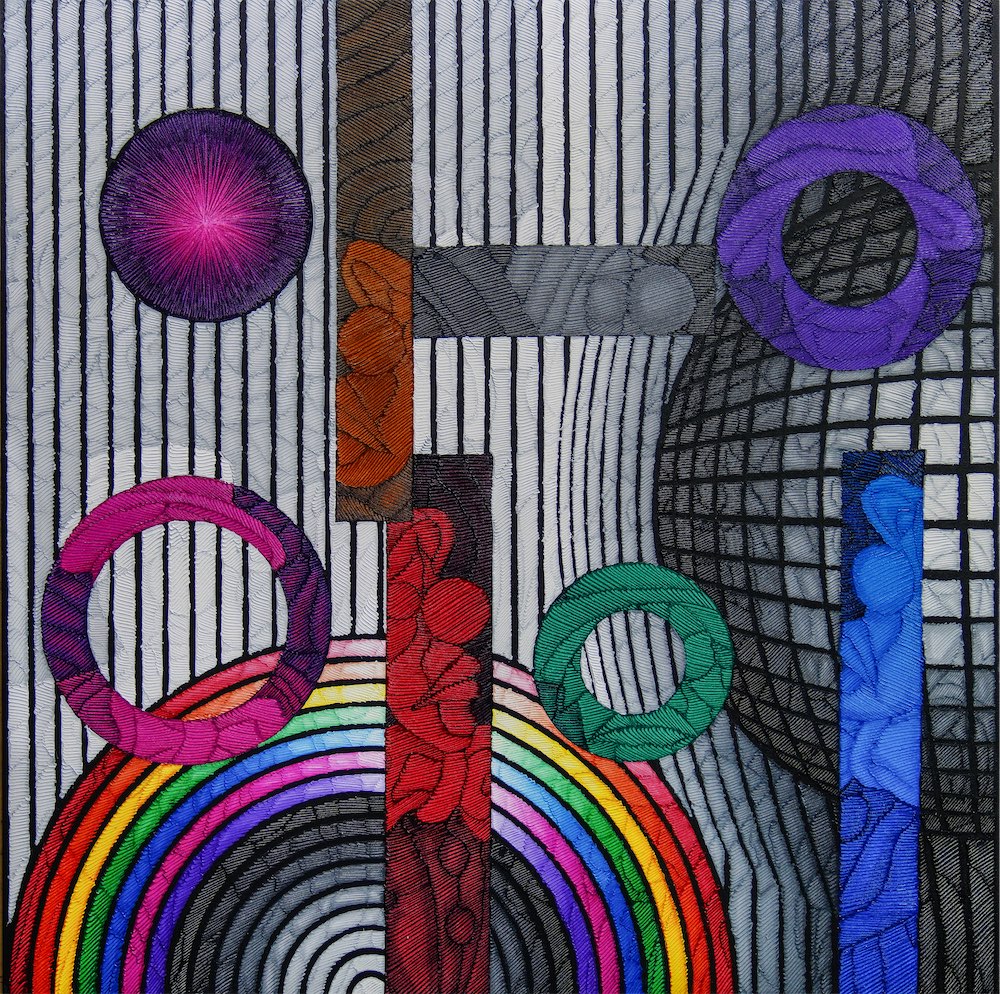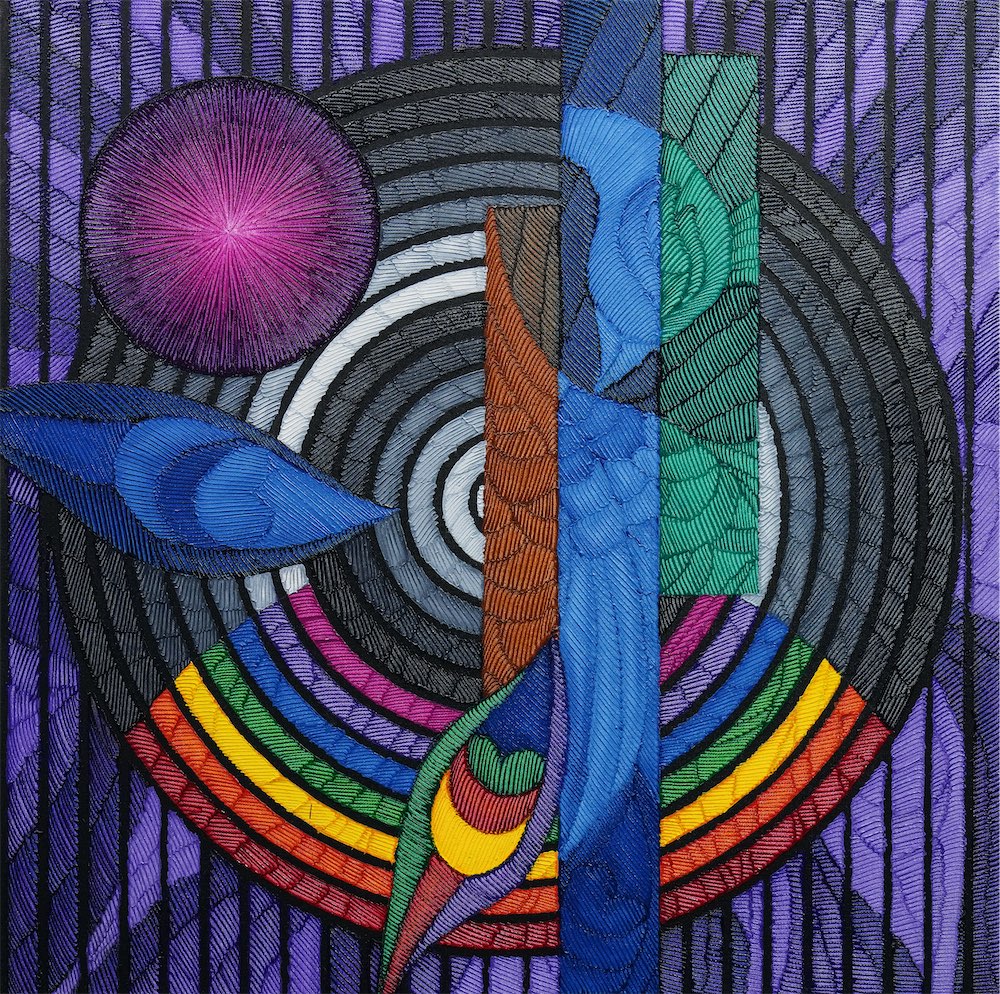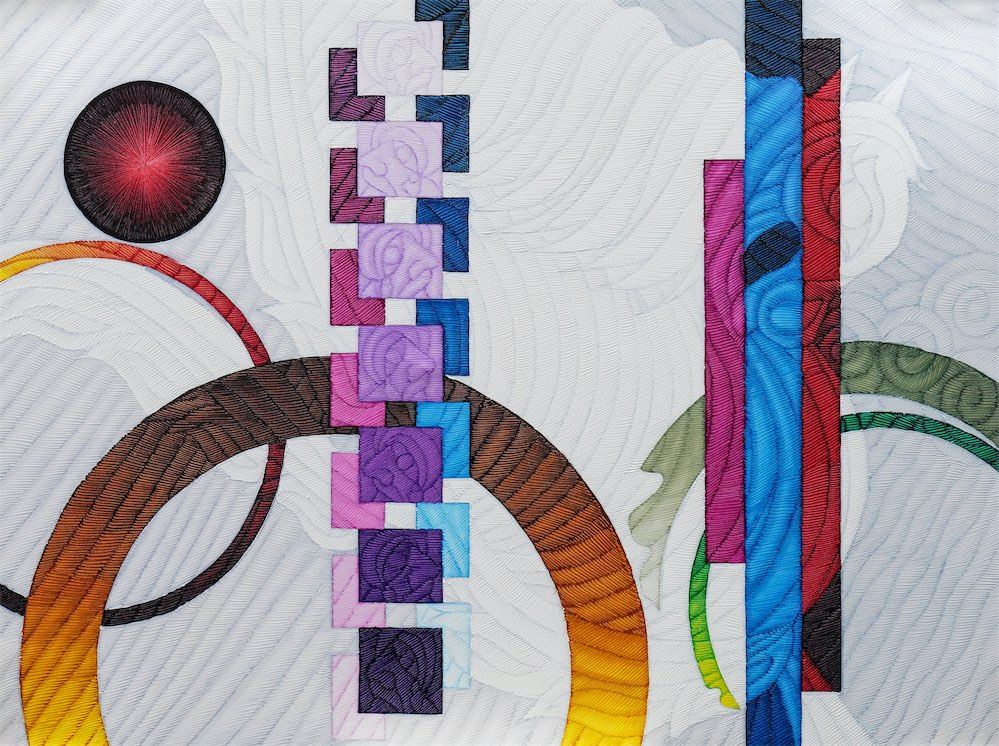June 2021– 27 July 2021
Sacred Trees
Art Zai, Bodrum, Istanbul
Sacred Trees features the works that Güneştekin has interpreted with the idea of bringing tradition to the present, using the forms reminiscent of the circular structure of trees. The artist establishes his main philosophy by attributing meaning to the statement ek (meaning ‘addition’ in Turkish) in the artwork he named Gelene-ek (‘addition to that which has come’). To the artist, the use of the word gelenek, ‘tradition’, as gelene-ek, creates a scenario in which it carries the tradition and experience, the form whereby tradition is acquired, to the present. Gelene-ek represents not something left in the past, or something that is preferred to be carried to the present as it is, but a whole that carries on without ruptures or detachments. This constantly changing, multiplying whole can only keep its vitality when it is continuously interpreted. From the past to the present, there is an appendix/extension that is repetitive, that extends, remains, and comes down to us. And the interruption of this appendix is an interruption of thought as well.
Güneştekin says that the past has an extension towards the future and with this continuity, he can go back from the lived present to the farthest memories of his childhood without interruption, back to the times he dreamed of forming light. ‘When I talk about all the happenings/has-beens/events I reveal from my memory, they are no longer themselves but the traces they left in me. My childhood doesn’t exist anymore, it’s in a non-existent time now; but I can see the trace it left in the present time for it keeps living in my memory, it inhabits there.’ The impression things leave after they have passed exists even after the moments have gone, and what the artist measures is what exists there. The connection between past experience and the practice of enacting it in the present time occurs in the conceptualized statement ‘gelene-ek’.
The artist merges the spiral, which is based on the universal symbol of movement and eternity, the circle, with mythological components. Being among the first things he drew as a child, the spiral is imprinted in his memory in many natural compositions such as concentric circles, tree rings and the ripple patterns on water. In his artwork, rings or intertwined solar flares begin with a central origin on the surface, as in circular tree-maps; and the other rows expand from the centre to the outside. Along these, he uses a series of fragmented rings or collateral/abreast cells. Each cell’s field corresponds to a certain interpretation and colour, which often intertwine. The artist constructs this field of interpretation, covering it with a mythological shell as a formative element of the semantic structure.











